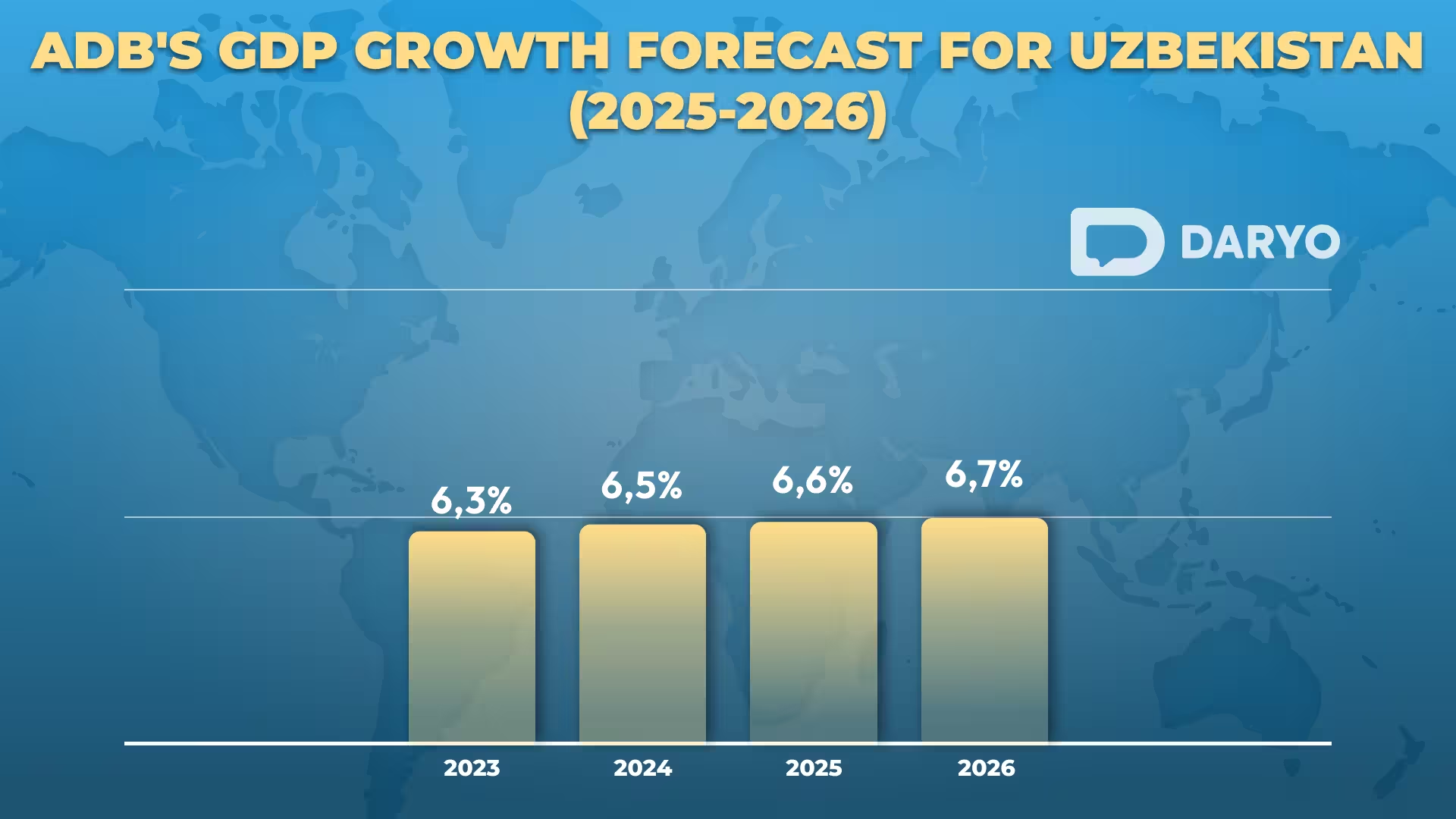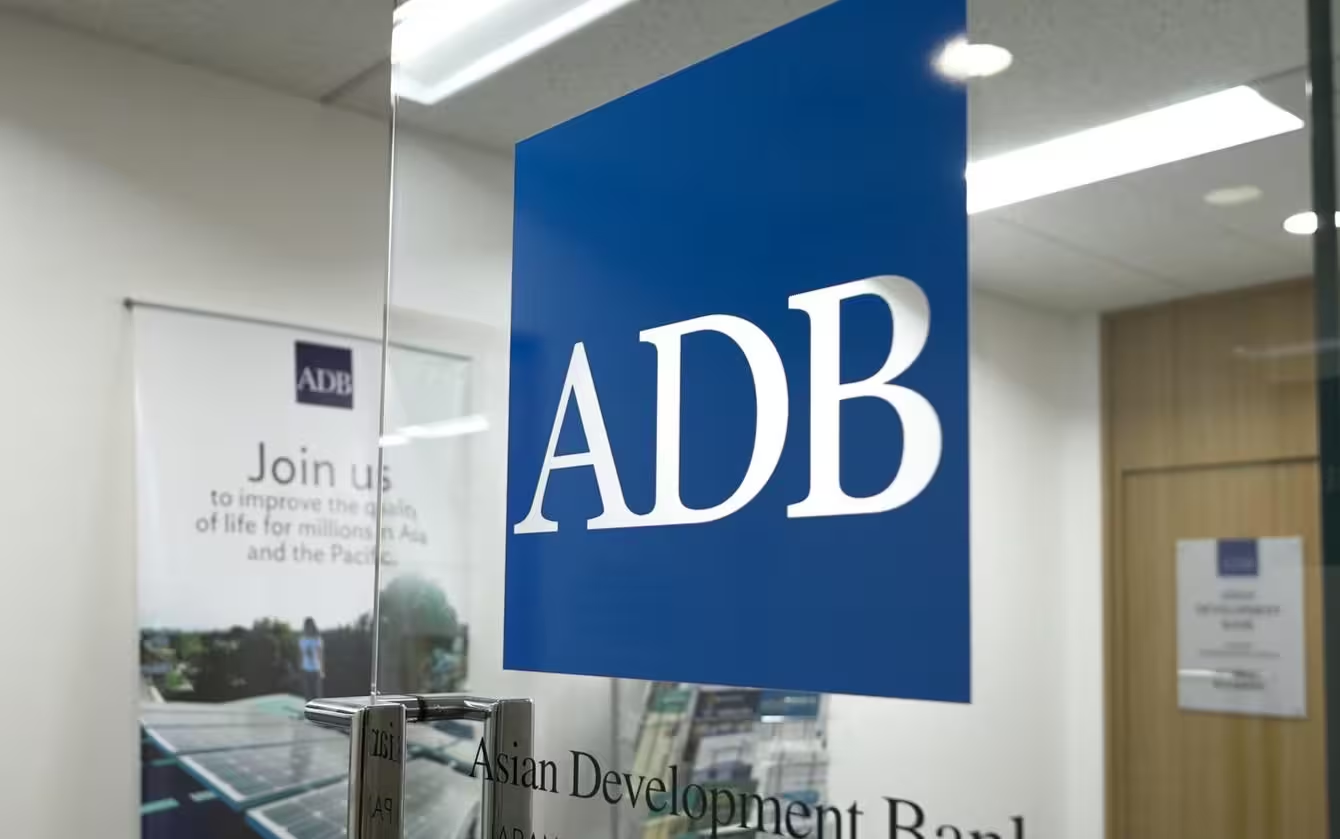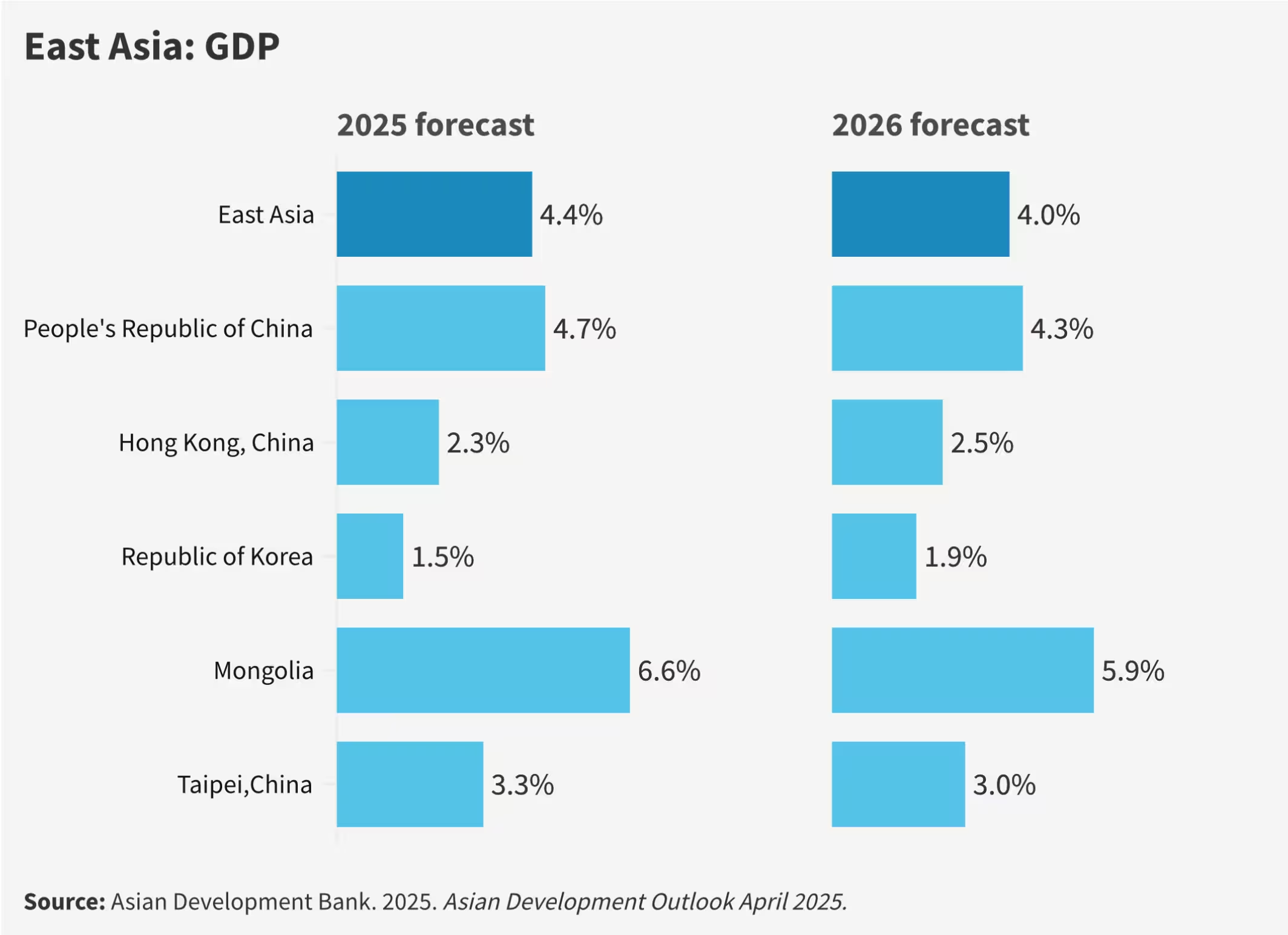Uzbekistan's economy is expected to grow by 6.6% in 2025, with even stronger growth anticipated in 2026, according to the Asian Development Bank's (ADB) latest report. The Asian Development Outlook (ADO) April 2025 publication also stresses the crucial role regional cooperation plays in Uzbekistan's economic development.

The ADB forecasts a modest rise in the country’s GDP this year, with growth projected at 6.7% for 2026. This expansion will be driven by the continued growth of industry and services, along with robust domestic demand.
"Uzbekistan's GDP growth of 6.5% in 2024 reflects targeted government efforts to boost key sectors, such as industry and construction," stated Kanokpan Lao-Araya, ADB Country Director for Uzbekistan. "With ongoing improvements in infrastructure and regional integration, Uzbekistan is positioned to achieve sustainable and balanced growth in the coming years."
The report also highlights a decrease in inflation to 9.4% in 2024, down from 10% in 2023, largely due to tight monetary policy and reduced transportation costs for imported goods. However, inflation in services surged to 21.8% following increases in electricity and natural gas prices.

Inflation is projected to slow further, with an anticipated rate of 8.0% in 2025 and 7.0% in 2026, despite planned hikes in energy prices. The fiscal deficit is expected to narrow to 4.0% of GDP in both years, bolstered by fiscal consolidation efforts and stable revenues from state-owned enterprises in mining and quarrying.
The industrial sector is expected to grow by 7.0% annually, driven by strong external demand for food, petrochemicals, and textiles, as well as domestic demand for mining and quarrying products. The services sector is projected to continue its positive growth trend, with a forecasted increase of 7.8% in 2025 and 7.9% in 2026.
A key focus of the report is the development of economic corridors to improve Uzbekistan’s participation in regional value chains. As a landlocked nation, Uzbekistan depends significantly on regional cooperation and integration to facilitate international trade. The government’s ongoing efforts to develop transport and logistics infrastructure aim to diversify foreign trade routes, reduce delivery times, and lower costs.
This year marks the 30th anniversary of Uzbekistan’s partnership with the Asian Development Bank. Since joining the ADB in 1995, Uzbekistan has received a total of $14.5bn in public sector loans, grants, and technical assistance from the bank.
The ADB, founded in 1966 and owned by 69 members—49 of which are from the Asia-Pacific region—is a leading multilateral development bank that works with its partners to promote sustainable, inclusive, and resilient growth across Asia and the Pacific.

In Kazakhstan, the ADB forecasts GDP growth of 4.9% in 2025 and 4.1% in 2026, with inflation projected at 8.2% in 2025 and 6.5% in 2026. In Kyrgyzstan, GDP growth is expected to be 8.5% in 2025 and 8.6% in 2026, with inflation reaching 6.0% in 2025 and 7.8% in 2026.
Turkmenistan's GDP is forecasted to grow by 6.5% in 2025 and 6.0% in 2026, with inflation at 6.0% for both years. In Tajikistan, GDP growth is projected at 7.4% in 2025 and 6.8% in 2026, while inflation is expected to be 5.0% in 2025 and 5.8% in 2026.
Earlier, the Center for Economic Research and Reforms (CERR) projected Uzbekistan's GDP to grow by 6.2% in the first quarter of 2025. In comparison, the World Bank has forecasted a more modest growth of 5.8%, while the International Monetary Fund (IMF) anticipates a 5.7% increase. Meanwhile, the European Bank for Reconstruction and Development (EBRD) expects the Uzbek economy to expand by 6% in both 2025 and 2026, reflecting a positive outlook for the country's continued growth.
Follow Daryo's official Instagram and Twitter pages to keep current on world news.
Comments (0)